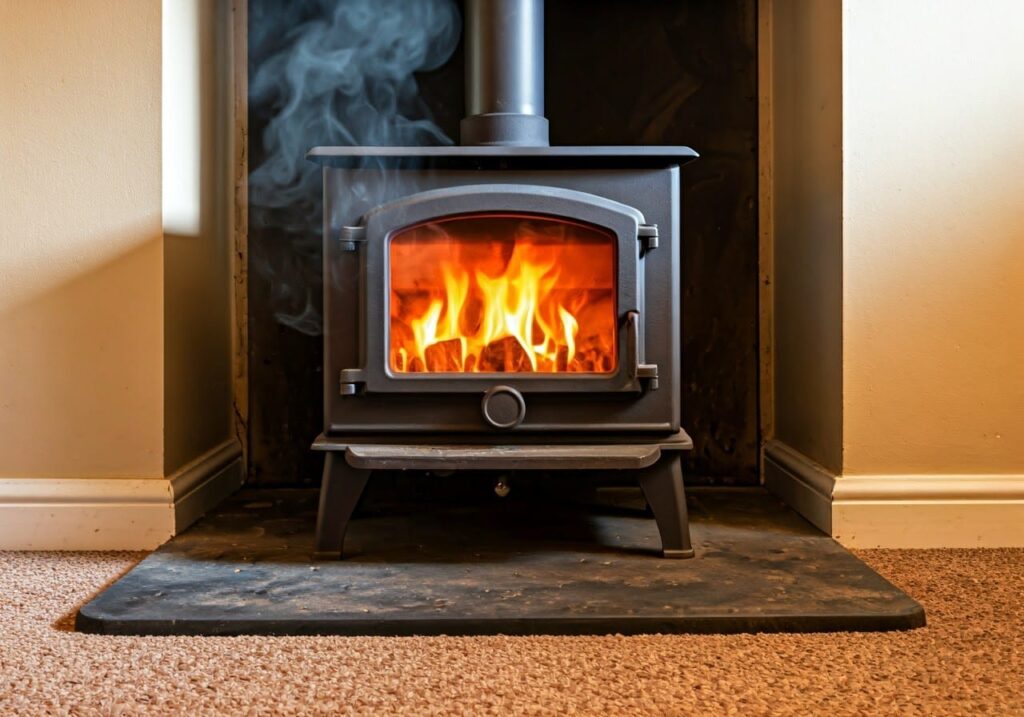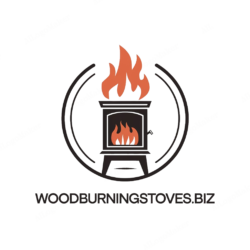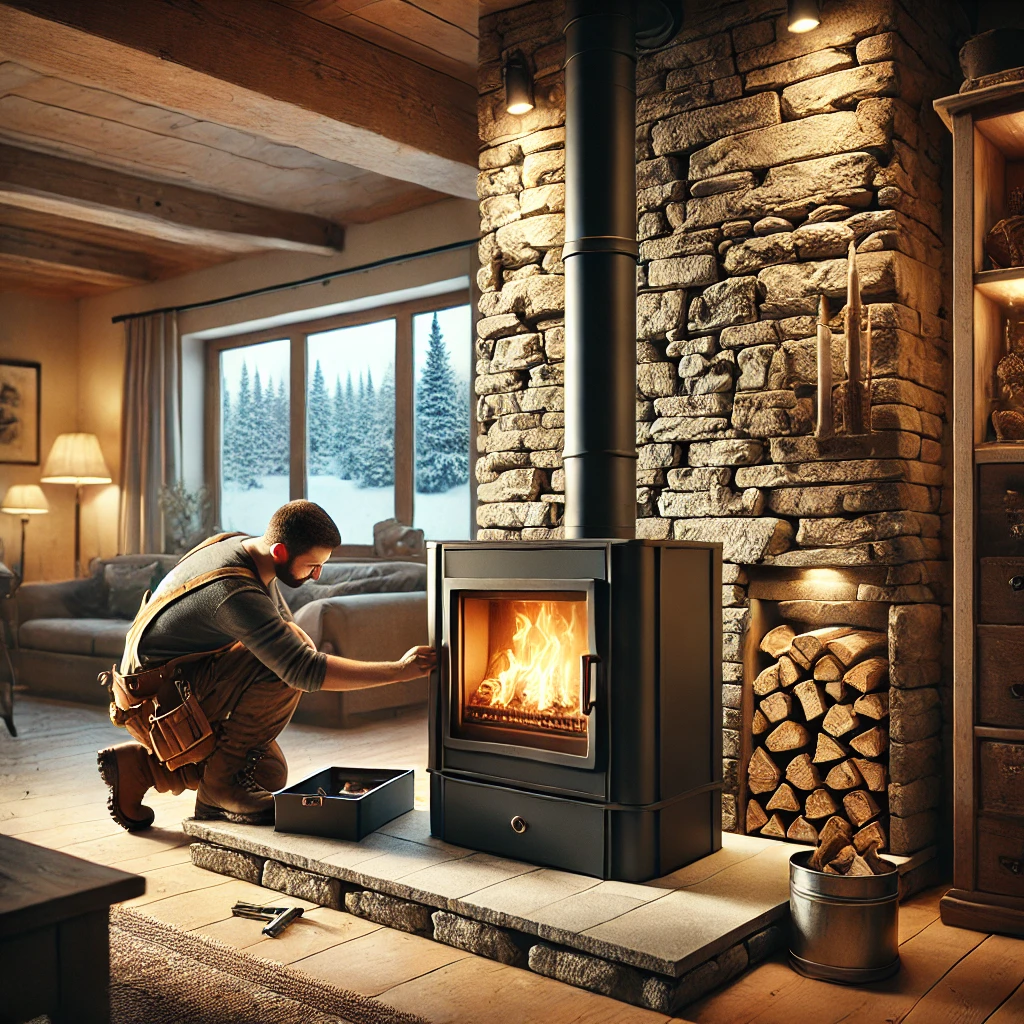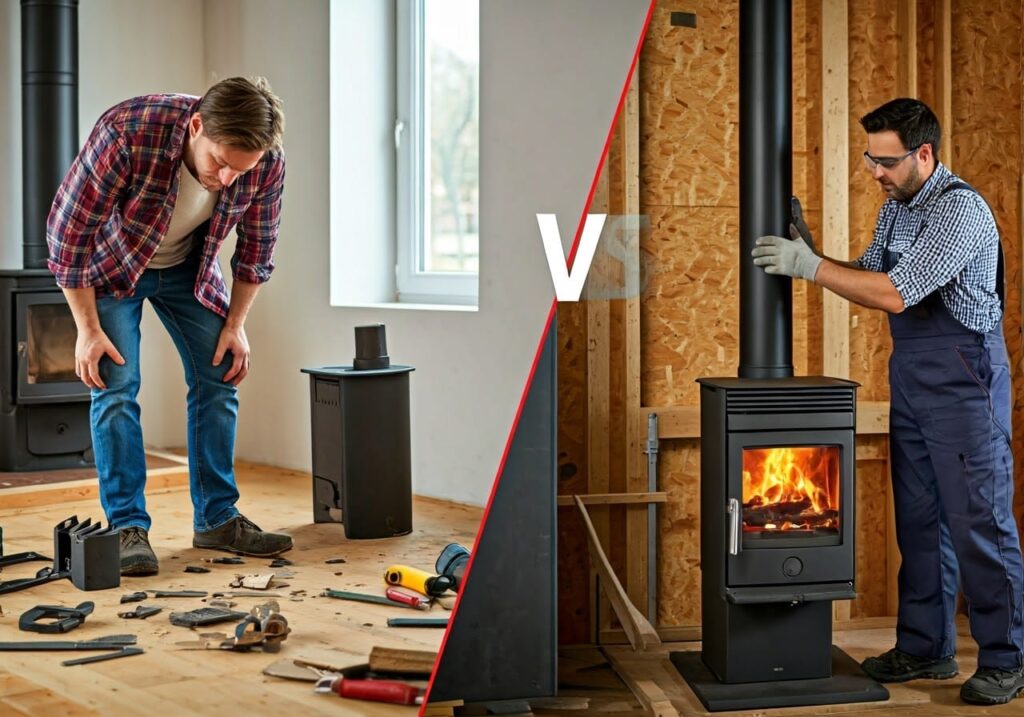Deciding whether to install a wood stove DIY or hire a professional can be daunting. On one hand, the potential cost savings of a DIY approach may be attractive. On the other hand, improper installation can be disastrous. can cause serious security risks. In this comprehensive guide We’ll explore the pros and cons of installing a DIY wood stove to help you make an informed decision.

The Charm of installing a DIY wood stove
The possibility of saving money is one of the main attractions in dealing with a wood stove installation. Hiring a professional can be expensive. This often costs thousands of dollars. Depends on the complexity of the job DIY enthusiasts see this as an opportunity to cut costs and gain a sense of accomplishment by completing projects themselves.
Additionally, some homeowners may feel more in control of the process by handling the installation themselves. They can customize the settings according to certain priorities. and avoid the hassle of coordinating contractor schedules
Risks of Installing a DIY Wood Stove
Although the cost savings and control are enticing, But installing a DIY wood stove is fraught with risks that should not be overlooked. Improper installation can have serious consequences, such as house fires and carbon monoxide poisoning. and serious damage to your home.
Safety Concerns
One of the biggest risks of installing a DIY wood stove is reduced safety. Wood stoves produce high heat and dangerous combustion byproducts such as carbon monoxide. An improperly installed ventilation system can cause these toxic gases to leak into your residence. As a result, your family’s health and safety are at risk.
Failure to comply with clearance requirements from combustible materials is another common DIY mistake. Wood stoves must be placed away from designated walls and furniture to prevent fires. Cutting corners on these safety measures can have dire consequences.
Regulatory Compliance
Wood stove installation in most regions is subject to safety regulations based on strict building codes. Homeowners who try a DIY approach may be at risk of failing to meet these requirements. This may lead to
- fines.
- Insurance issues
- and even the need for a new install
It is important to obtain the necessary permits and pass post-installation inspections. Attempting to skip these steps could jeopardize the legality and safety of your wood stove installation.
TOOL: Insight into Typical Regulations and Permits
This tool is a finder for wood burning stove regulations and permits, which serves several important functions for homeowners and installers of wood-burning stoves. Understanding its significance can help users navigate the complex landscape of regulations surrounding wood-burning appliances. Click here to launch tool

Lack of Expertise
Even the most skilled homeowner may not have the very specialized knowledge and experience needed for a proper wood stove installation. Incorrect placement, venting, and connections can compromise both the efficiency and safety of the stove.
These kinds of DIY mistakes can also lead to other problems such as poor airflow, excess creosote buildup, and structural damage to your home. Such situations may not show up immediately, but they will eventually build up and become hazardous, costly situations.
What Type of Hearth Do You Need for a Wood Stove?
The type of hearth you need for your wood stove installation is an important consideration. Here’s a breakdown of the different options and requirements:
| Hearth Material | Requirements |
|---|---|
| Concrete | Non-combustible hearth pad extending at least 18 inches in front and 8 inches on the sides of the stove. |
| Wood | Non-combustible hearth pad extending at least 18 inches in front and 8 inches on the sides of the stove. |
| Tile | Non-combustible hearth pad extending at least 18 inches in front and 8 inches on the sides of the stove. |
| Other | Non-combustible hearth pad extending at least 18 inches in front and 8 inches on the sides of the stove. |
It’s crucial to ensure your hearth meets the minimum size and material requirements to provide adequate protection from potential sparks or embers.
The Benefits of Hiring a Professional
Given the significant risks associated with DIY wood stove installation, the benefits of hiring a qualified professional become clear. While the upfront cost may be higher, the long-term advantages often outweigh the initial investment.

Adherence to Safety Standards
Professional wood stove installers are well-versed in local building codes and safety regulations. They know how to properly size and position the stove, install the venting system, and ensure adequate clearance from combustible materials. This attention to detail can give you peace of mind and protect your home and family from potential disasters.
Expertise and Experience
Experienced wood stove installers have the specialized knowledge and hands-on skills required to handle every aspect of the installation process. They can identify potential issues, troubleshoot problems, and make adjustments to optimize the stove’s performance and efficiency.
This level of expertise can be invaluable, especially when dealing with complex installations, such as homes without existing chimneys or in need of significant modifications.
Warranty and Liability Coverage
Reputable wood stove installation companies often provide warranties on their work and carry liability insurance. This means that if any issues arise down the line, you have recourse and protection. In contrast, DIY mistakes may not be covered by your homeowner’s insurance, leaving you responsible for the costly consequences.
The Decision: DIY or Professional Installation?
Ultimately, the decision to tackle a wood stove installation yourself or hire a professional comes down to evaluating your specific situation, skills, and risk tolerance.
If you have extensive experience with home renovations, a strong understanding of building codes, and the time and patience to ensure every step is executed correctly, a DIY approach may be feasible. However, even the most skilled DIYers should carefully consider the potential risks and weigh them against the potential cost savings.
For the majority of homeowners, the safest and most prudent choice is to hire a qualified, licensed wood stove installer. The added expense is often well worth the peace of mind and long-term protection provided by a professional installation.
Remember, a wood stove is a significant investment in both time and money. Choosing the right installation method can make all the difference in ensuring your new heating system operates safely and efficiently for years to come.
Key Takeaways
- DIY wood stove installation can be tempting due to potential cost savings, but it comes with significant risks.
- Improper installation can lead to fire hazards, carbon monoxide poisoning, and other serious safety issues.
- Adhering to building codes and safety regulations is crucial, but DIYers may lack the necessary expertise.
- Hiring a professional installer ensures compliance, provides expertise, and offers warranty/liability coverage.
- Carefully weigh the pros and cons of DIY versus professional installation based on your specific situation and risk tolerance.
FAQs
Q: How much does professional wood stove installation typically cost?
A: The cost of professional wood stove installation can vary widely, but it’s generally in the range of $2,000 to $5,000, depending on the complexity of the job and your location.
Q: Can I install a wood stove in a house without an existing chimney?
A: Yes, it is possible to install a wood stove in a home without an existing chimney, but it requires additional work and specialized venting systems. Hiring a professional is highly recommended in these cases.
Q: How long does a professional wood stove installation typically take?
A: Most professional installations can be completed in 1 to 3 days, depending on the complexity of the project and any necessary modifications to the home.
Q: What are the common DIY mistakes that can lead to safety issues?
A: Some of the most common DIY mistakes include improper clearance from combustibles, inadequate venting and chimney installation, and failing to meet local building code requirements.


